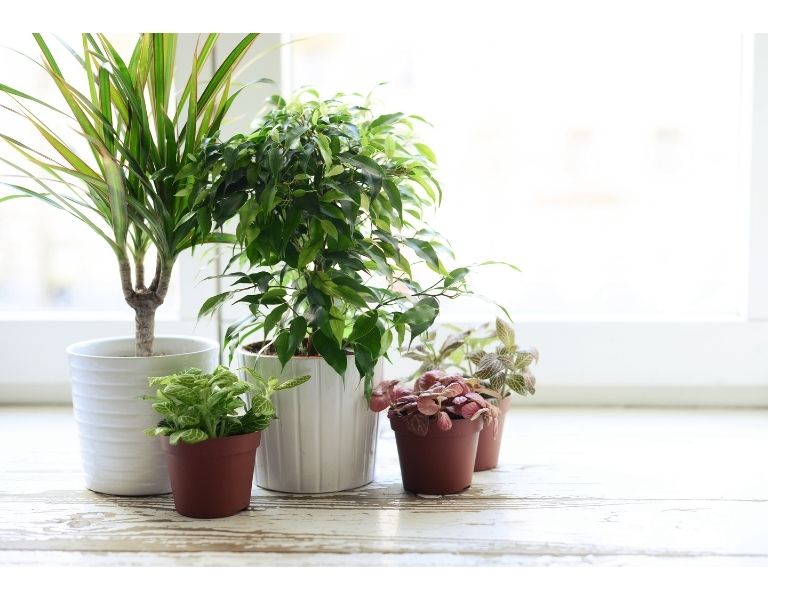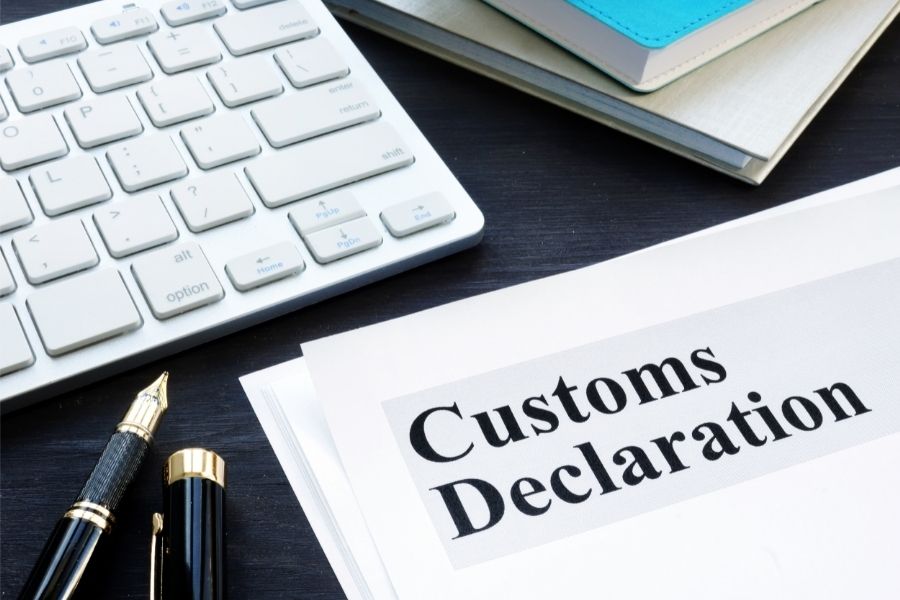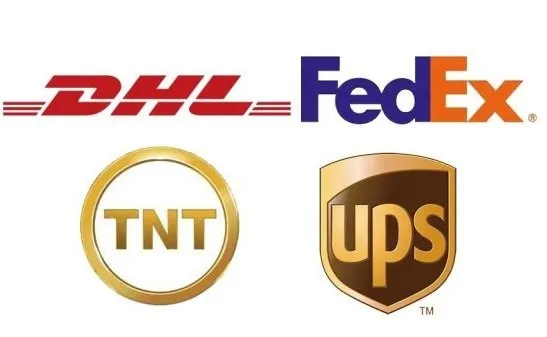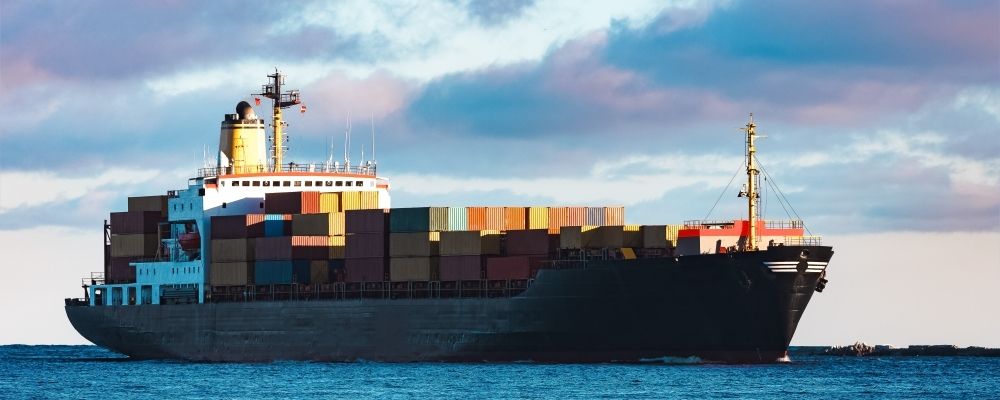China has been an economic superpower all over the world. More and more traders are keen on importing goods from China. And Chinese products have received broad acceptance worldwide. However, the most critical issue that many importers face is how to successfully go about shipping from China. Thus, shipping from China has become essential for many wholesalers. This article will show you a detailed guide on bringing your shipment from China.

— Prepare the Documentation
When you purchase products from another country, you are the importer. Each country has its export-import policy. So, before importing goods and shipping from China, you must complete all the legal procedures. Then, you will not face any hassle from getting your shipment delayed.
1. The Documentations You Need to Import From China
Before shipping from China to your country, you must have the right to import. Import rights vary from country to country as each country has its own business policy. Below are some approaches for some specific countries.
In the USA, importing from China is very easy. All you need is the social security number (SSN) provided by your Government or the service number of your company’s internal revenue. If you are in any EURO country, you must register as an economic operator before importing from China. In Canada, the procedure is also easy. You only need to get a Business Number from the Canada Revenue Agency. In Australia, the process is the simplest. Business people and individuals can import goods from anywhere worldwide without any import license.
2. Customs Documentation You Need to Get From a China Port
When importing from China, you need to get some customs documentation for future clearance. Here is a list of documents you need to collect from the port. Each port in China can deliver these documents for your shipment from China.
- A customs entry document
- A customs declaration
- A commercial invoice
- A Packing List
- An export license
3. Responsibilities of Importers and Exporters
Exporters need to submit the customs entry and declaration documents before the shipment. The personnels of shipping companies is expert in the import-export trade. They can help to fill every paper as per the rules. Importers need to confirm with the Chinese suppliers if they have covered all the processing before shipping products from China. It will make sure the Chinese port doesn’t cause any delay in clearing the shipment.
4. China Export Restrictions and Limitations
The Chinese Government requires all exports to follow the licensing regulations before shipping from China to another country. Restrictions applied by the Chinese Government are more or less the same as other countries. Importers can get advice from a Chinese freight forwarder or the Chinese customs office before they start a shipment from China.

— Available Shipping Methods
There are no golden rules for shipping artificial plants from China. Three major types of shipping methods are available in china.
1. Courier Express from China
For most beginners, express courier is the best way to get the shipment from China. Popular courier companies in China include FedEx, DHL, TNT, and UPS. Express couriers from China are very fast and have an online tracking system. Most air express from China takes just 2 to 5 business days to ship artificial plants anywhere worldwide. The cost of air express is high. There are better methods for a large number of artificial plants. It is suitable to choose an express courier when you need to pick up some samples from China.

2. Air transportation
If your goods’ weight is too high for couriers, shipping by air from China is another option for shipping goods from China. The costs of air transportation will be lower than that of courier express. Shipping by air is suitable for medium-heavy cargo. It can meet tight schedules and tight control of security. Transit time is different according to the airline schedule. Normally, you can receive the shipment within 2 to 10 days, which is quite fast.
If you choose this method for your shipment, you must prepare for extra duties. You need to deal with the paperwork and customs clearance by yourself, unlike the courier services. This may be challenging for newcomers. But don’t worry; you can find customs brokers or agencies to help you handle that.
3. Ship by Sea
Sea routes or transportation takes a long time to ship cargo from China. But it is the cheapest way to import artificial plants from China. If you are handling a large number of products and looking for an economical shipping method, it is the best choice for you.
With advanced planning and sufficient time at hand, shipping by sea from China is a great option for international traders. Your cargo will arrive between 3 to 60 days, depending on your location. Just like shipping by air, you must do some paperwork for sea transportation. You are responsible for customs clearance. And you need to take care of the delivery from the port to your warehouse or office. You can also hire a freight forwarder to help you with door-to-door service. With this method, the shipping agency will take care of everything. They can help you to ship your artificial plants direct to your warehouse for a bit higher cost.

— Define Incoterms
Incoterms is short for “International Commercial Terms .” They are standard shipping codes used in international business. They define shipping responsibilities and assume the risk for certain actions between importers and exporters. It’s essential to learn these codes. Then, you can avoid some extra expenses or the risk of losing goods in transit. Here are some of the most common incoterms used within sea shipment.
1. FOB (Freight on Board)
The supplier/shipper is responsible for delivering the products from their place of origin to the port of departure. And they are required to have the goods loaded onto the vessel at the container port. Once the cargo is loaded into the container at the shipping port, the risk of loss or damage will transfer from the supplier to the buyer/importer. Under this term, the importer is responsible for transportation costs and all insurance charges. The importer is also responsible for customs clearance. This term is one of the cheapest shipping methods from China.
2. CIF (Cost, Insurance, Freight)
CIF term stands for Cost, Insurance, and Freight agreement. The shipper/supplier is responsible for the delivery of goods from the place of origin to the destination port. The seller is also responsible for buying insurance on behalf of the importer. This means the supplier pays for all costs associated with delivering the goods until the cargo arrives at the destination port. The importer is responsible for the import process. The buyer needs to pay the charges associated with getting the shipment through customs and delivering the goods to their final location. Most traders would like to choose this shipping method when shipping full containers. But, the buyer can also select this Incoterm on less than container loads.
3. CFR (Cost and Freight)
This term requires the exporter to deliver goods by sea to the importer’s (required) destination along with sea freight. With CFR agreements, the shipper has more responsibility in arranging and paying for transportation costs than the FOB term. However, this term does not require the exporter to purchase marine insurance against the loss or damage to the cargo during transit. The risk to the goods transfers to the buyer once the goods reach board the vessel. The importer needs to pay for the port handling costs at the port of destination and land transportation to the destination warehouse.
— Manage the Freight Process
During the process of international trade and logistics, there are three main choices for traders. The three methods will determine how to manage your freight.
1. Manage Your Big Shipment for Full Control
Many big businesses follow this method to decrease costs and get fast shipping from China. Big enterprises can book shipping lines and manage the whole process themselves. Moreover, they can manage the customs clearance and VAT on both sides themselves. If you choose this, you must make your order and follow up. If there is a problem, you have to deal with it to avoid paying additional charges. Most traders can not manage all of these unless they have expertise in this field. Normally large companies have their professional team to handle shipments. Thus, if you are a small or medium company, we suggest you refrain from following this method.
2. Work with a Freight Forwarder from Your Country
This is a very convenient choice for the buyer that outsources manufacturing to China. Companies also prefer the idea of working with a local freight forwarder for more transparency and faster communication. When choosing this option, remember to find a freight forwarder who takes a vested interest in your business and cares about your products. Not all freight forwarders have a China office. Many freight forwarders work with local agents in China. And they add their charge to the top of the original freight forwarder’s bill. The downside of working with some local freight forwarders is they tend to be more expensive and not efficient.
3. Work with a Chinese Freight Forwarder
The most significant advantage of working with a freight forwarder in China is that they are close to the supplier. They can provide you with many facilities and fast shipping from China. You can stay closer to the supplier and get the update quickly. When a problem occurs, the local agent will react and solve that as soon as possible.
4. Work With A Freight Forwarder From Both Side For Speed
This is a great option if you want to put artificial plants in your warehouse as fast as possible. Suppose you are a buyer from the US. Then you can hire a freight forwarder in the US and another in China. In this way, you can speed up the delivery.
— Prepare for the arrival and obtain the goods
If you are using air express from China for shipment, you can track your goods from their website. But shipping by sea takes time. For example, shipping by sea from China to the West Coast of the US may take around 14 days to arrive and 30 days to the east coast. Typically the agent will notify you five days before your shipment reaches the port. And for air importation, you are notified when the plane takes off. Here are some points for receiving the goods.

1. Double-Check All the Documents
You must take the following documents to obtain your goods when the goods arrive.
- A bill of lading with the imported product list.
- An official invoice of the country of origin with the buying price and tariff classification of the imported goods.
- A packing list including all the cargo’s details.
- An arrival notice issued by the freight agency
2. How To Speed Up the Clearance Process?
You can speed up the clearance with the following tips:
- Systematically invoice your cargo
- Mark all the packages with numbers
- Show those marks on your invoice
- Show the exact quantity, such as product quantity, package number, etc
It is always the importer’s responsibility to clear customs from the native country. So, prepare all the documents in advance. You can hire a customs agent to help you release your shipment from customs.
3. Obtain the Goods
When the cargo arrives at the airport or port, manage everything for your agent to clear them through customs. Then, you can get your goods soon. If you have chosen a door-to-door service, you can sit and wait for the shipment from China to your local address. But that will cost you some more money. After receiving your cargo from China, you can email your suppliers telling them that you have got the goods. And tell them you will review the products and check the quality.
The problem is the process of shipping from China isn’t particularly easy to understand. But once you know the terms, the process will not be complicated. Hope this guide can help you to get all the answers on how to ship from China.



